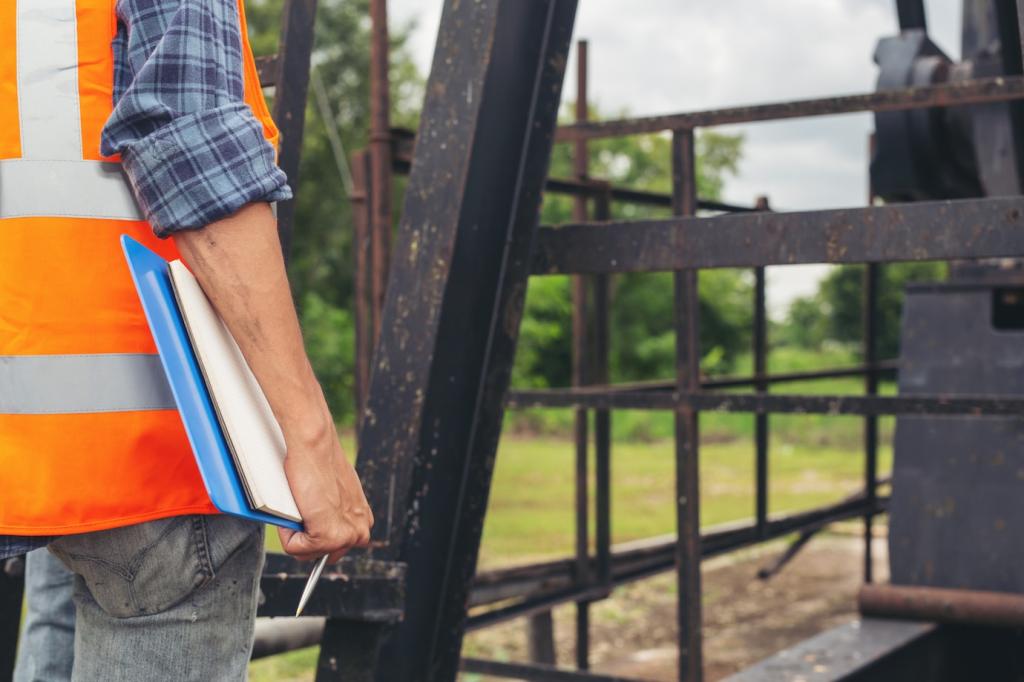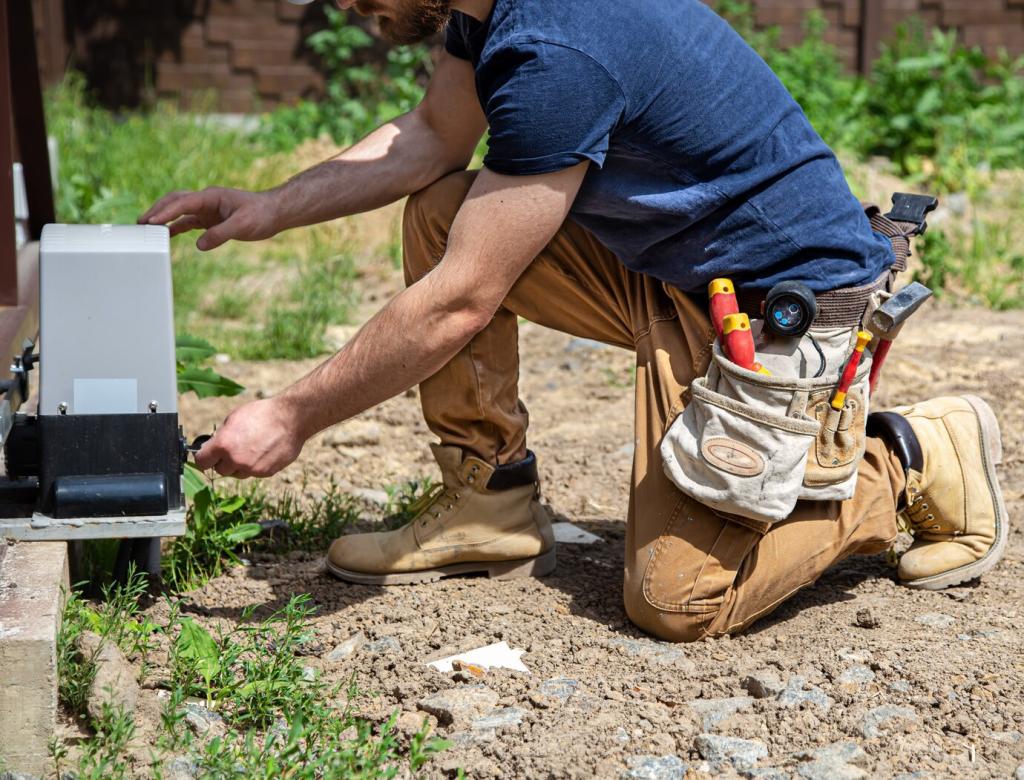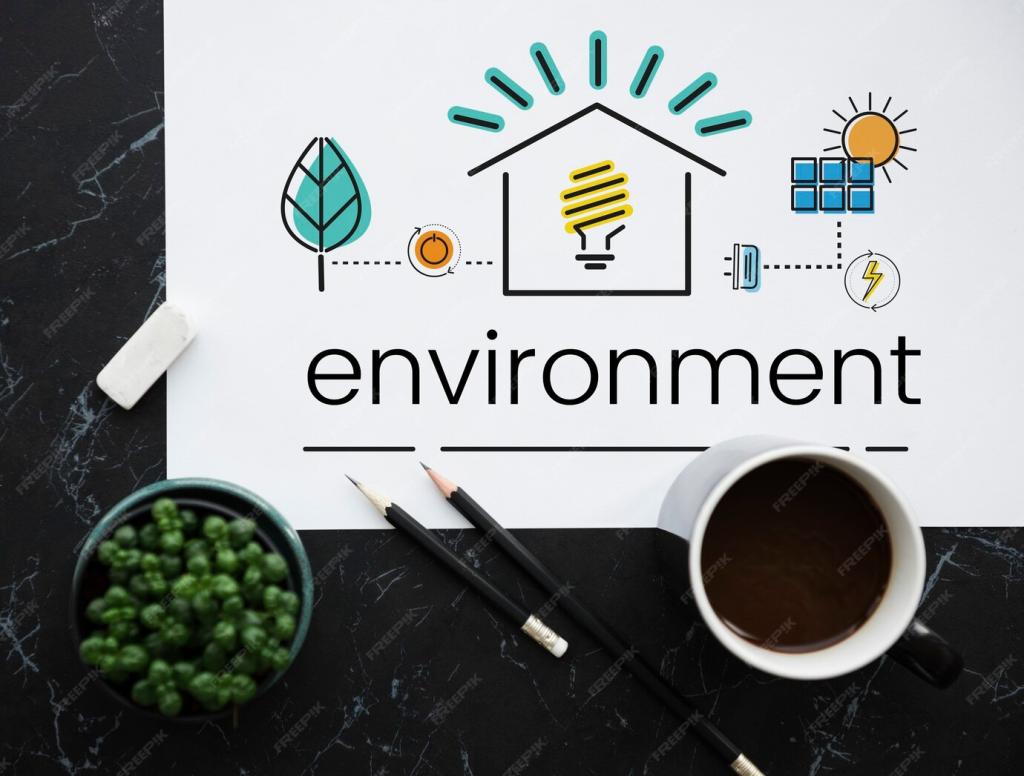Cellulose: Recycled Paper, Real Performance
Made primarily from recycled paper, cellulose boasts strong thermal performance and excellent coverage in hard-to-reach cavities. Borate treatments enhance fire resistance and deter pests, making it a dependable, eco-conscious choice for retrofits and new builds.
Cellulose: Recycled Paper, Real Performance
Dense-pack cellulose fills voids tightly, reducing convection currents and air leaks. With skilled installation, it hugs wiring and irregularities, creating a consistent thermal layer that greatly improves comfort and stabilizes indoor temperatures year-round.
Cellulose: Recycled Paper, Real Performance
One family in a 1920s bungalow dense-packed their empty walls and noticed quieter rooms within hours. Within a week, they reported fewer chilly corners and a cozy feel that encouraged more family time in once-avoided spaces.











